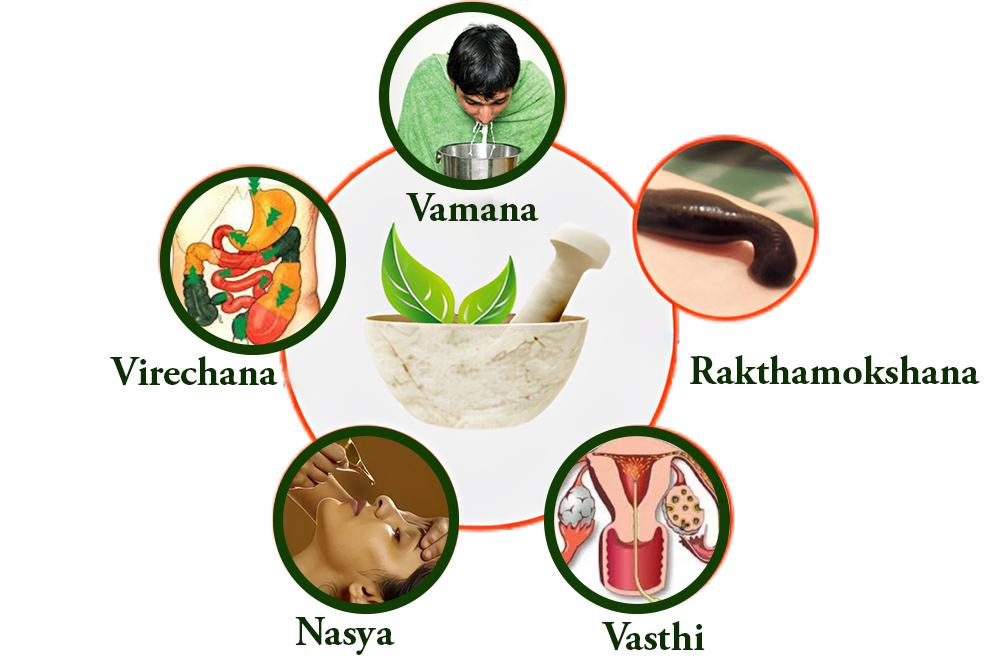Disease Management Elements in Ayurveda
Introduction
Here we will explore the key elements and considerations in disease management according to Ayurveda.
Identifying the Root Cause
Ayurveda emphasizes identifying the root cause (Hetu) of a disease rather than just treating the symptoms. The doctor must first focus on the cause and then assess whether the symptoms match the cause before determining a remedy. This approach differs from other medical systems that often focus primarily on symptom management.
Four Major Aspects of Disease Management
Ayurveda identifies four major aspects that need to be considered when managing a disease:
-
Patient: The patient must provide the doctor with all relevant information about their illness, including its onset, symptoms, and any contributing factors.
-
Attendant: The attendant should be knowledgeable about the patient's condition and needs and be able to provide proper care and support.
-
Doctor: The doctor must be well-versed in Ayurvedic principles, possess excellent diagnostic skills, and be able to formulate an effective treatment plan.
-
Drug: The drugs used should be of high quality, prepared according to Ayurvedic principles, and appropriate for the patient's condition.
Natural Urges and Pancha-Karma Therapy
Ayurveda advises against suppressing natural urges like urination, defecation, and flatulence, as doing so can contribute to health issues. The lecture also discusses pancha-karma therapy, a detoxification and rejuvenation treatment that involves five procedures:
-
Vamana: Therapeutic vomiting
-
Virechana: Purgation
-
Snehavasti: Medicated oil enema
-
Kashayavasti: Decoction enema
-
Nasya: Nasal administration of medication
Pancha-karma should be administered based on the patient's body constitution, the nature of the injury or disease, and other relevant factors.


No Comments